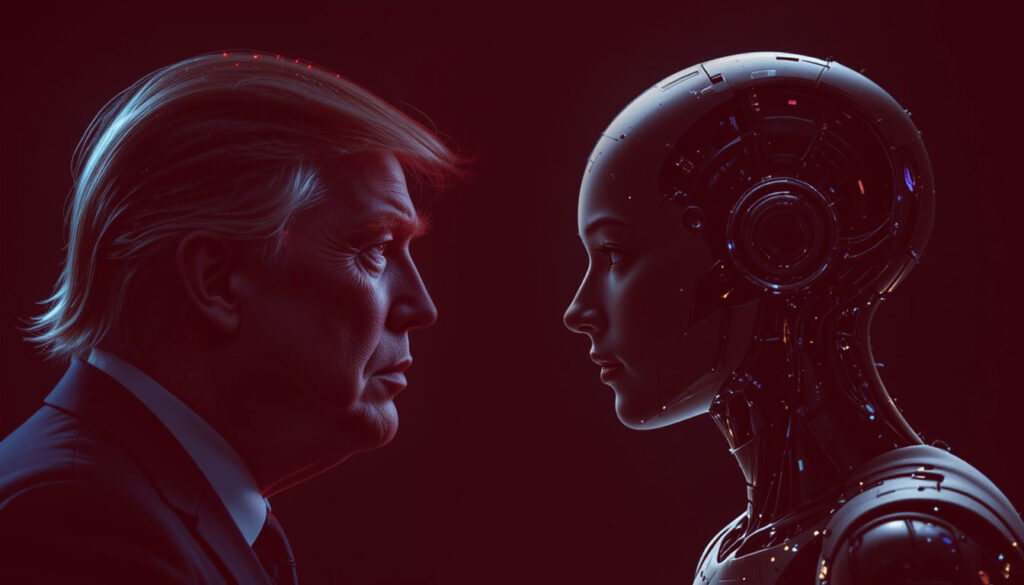On April 2, 2025, former U.S. President Donald Trump announced sweeping new tariffs as part of a renewed “America First” trade agenda. The plan includes a 10% baseline tariff on all imports and reciprocal duties targeting 185 countries — a move framed by Trump as necessary to restore fairness in trade.
But shortly after the announcement, speculation surged online that the formula behind the tariffs might not be entirely original. The reason? Multiple users, including prominent figures in the crypto and tech space, claimed they could recreate the logic behind the plan using ChatGPT.
AI-generated tariffs? The viral claim
NFT collector DCinvestor, who has over 260,000 followers on X, was among the first to point out the similarity.
“I was able to duplicate it in ChatGPT,” DCinvestor told his 260,000 followers on X following the Donald Trump announcement of reciprocal tariffs on 185 countries on April 2.
His post triggered a wave of similar experiments: users began prompting ChatGPT and other AI tools with trade-policy-related questions. To their surprise, many received outputs resembling the same “reciprocal tariff” logic Trump had just announced.
The structure of Trump’s tariffs
Trump’s plan includes:
- A flat 10% tariff on all imported goods.
- Additional country-specific tariffs calculated based on trade imbalances.
The reciprocal formula appears to be based on a straightforward algorithm:
Take the U.S. trade deficit with a country, divide it by the value of that country’s exports to the U.S., and apply half of that number as a tariff rate. For example:
- China: 34%
- European Union: 20%
- Vietnam: 46%
This method is designed to mirror what the U.S. perceives as unfair trade practices abroad. The simplicity and symmetry of the formula are part of what made it easily replicable by AI.
ChatGPT and policy: coincidence or influence?
While there is no official indication that Trump’s team used AI tools to generate the tariff structure, the fact that ChatGPT can produce similar results with basic prompts is striking. It raises the question: could generative AI assist — or even inspire — real-world policy proposals?
This isn’t the first time AI models have demonstrated an ability to simulate public policy logic. From tax codes to environmental regulations, ChatGPT has shown it can draft surprisingly coherent frameworks that reflect the priorities and language of government.
A step toward AI-influenced governance?
Whether the resemblance is coincidence or evidence of AI’s growing influence, the incident underscores a much larger shift. Generative AI is becoming a tool not only for writing and coding — but also for shaping conversations around economics and governance.
For now, the Trump administration has not commented on the speculation. But observers from both the tech and political spheres are watching closely. If policymakers start to draw from models like ChatGPT — even unconsciously — the implications for transparency, accountability, and originality in governance will be profound.
Conclusion
The question of whether AI helped shape Trump’s tariff strategy remains unanswered. But what’s clear is this: AI is already capable of mimicking — and perhaps influencing — political decision-making. As tools like ChatGPT continue to evolve, we may see even more overlap between machine-generated insights and the policies that shape the world.
